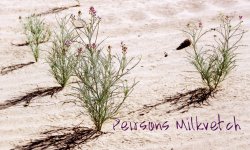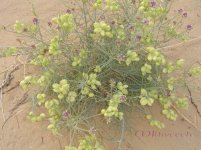Slappy
Member
- Apr 29, 2021
- 239
- 558
Follow along with the video below to see how to install our site as a web app on your home screen.
Note: This feature may not be available in some browsers.
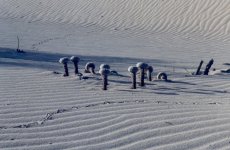

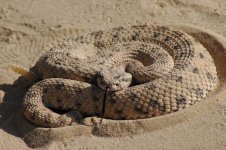
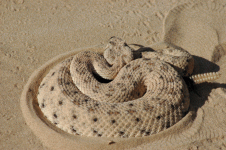
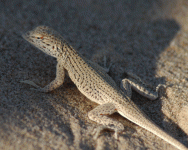

That’s a beautiful King right there ScatWAY back in 2007 for our Thanksgiving trip these two were keeping track of Mother Glamis
View attachment 11283
View attachment 11284
